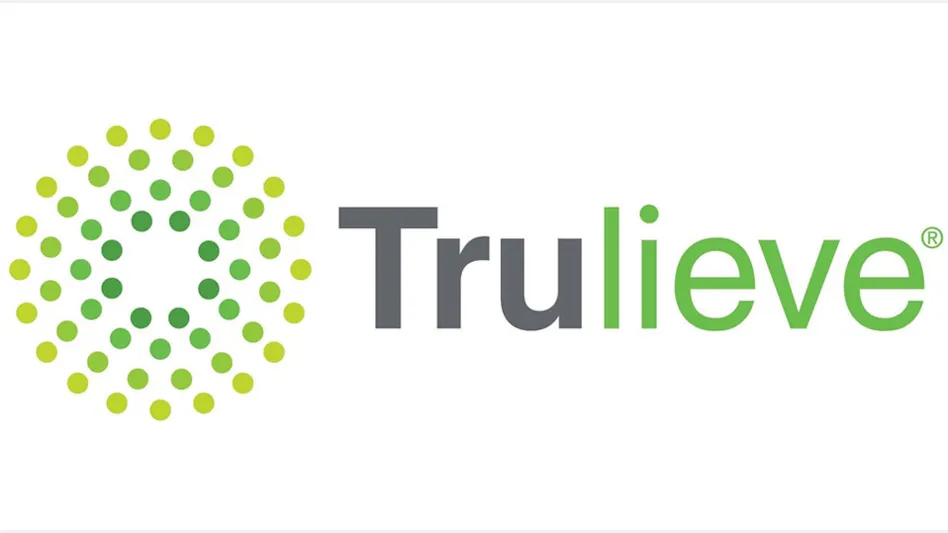
Adobe Stock
During a time when active retail license numbers flatlined, California’s adult-use cannabis dispensaries had their lowest sales total in 13 quarters.
The state’s licensed operators reported $1.25 billion in taxable adult-use sales for the three-month period ending Sept. 30, representing a 6.2% decrease from the previous quarter, according to the California Department of Tax and Fee Administration (CDTFA). The third quarter of 2023 marks the lowest taxable sales total since Q2 of 2020.
Overall, California’s adult-use retailers cashed in nearly $3.9 billion in taxable sales during the first three quarters of 2023, representing a $5.2-billion annual run rate. This rate indicates a 4.4% market decrease compared to the $5.4 billion in taxable sales reported in 2022, and a 10% decrease from California’s $5.8-billion market peak in 2021.
Roughly 85% of California’s taxable adult-use sales in 2023 are attributable to the actual cannabis (flower, prerolls, concentrates, edibles, etc.) that’s subject to the state’s excise tax, according to CDTFA. The other 15% of retail sales are attributable to other merchandise sold at dispensaries, such as pipes, rolling paper, grinders and T-shirts.
Since adult-use sales launched on Jan. 1, 2018, California’s licensed dispensaries have reported more than $24.5 billion in taxable sales, providing nearly $5.5 billion in tax revenue to the state ($2.8 billion from the state’s 15% excise tax; $2.2 billion from the state’s sales tax that ranges from 7.25% to 10.75% depending on the area; and $501 million from the state’s cultivation tax, which was eliminated July 1, 2022), according to CDTFA.
The CDFTA’s total tax figures don’t include locally imposed taxes collected by cities and counties.
| Year | Taxable Sales | Total Tax | % Growth (Sales) |
|---|---|---|---|
| *2023 | $3,867,706,476 | $823,736,395 | -4.37% |
| 2022 | $5,392,671,357 | $1,116,023,028 | -6.69% |
| 2021 | $5,779,433,763 | $1,361,729,894 | 22.86% |
| 2020 | $4,704,039,430 | $1,135,447,487 | 67.81% |
| 2019 | $2,803,113,280 | $646,597,247 | 41.53% |
| 2018 | $1,980,542,480 | $401,599,641 | n/a |
| Total | $24,527,506,786 | $5,485,133,692 | n/a |
*2023 figures only include the first three quarters of the year.
California’s Q3 sales figures for 2023 came at a time when statewide growth for active dispensary licenses was at a standstill: There were 1,215 active storefront licenses during the first week of July compared to 1,222 active licenses during the last week of September, according to the state’s Department of Cannabis Control (DCC). California has 1,233 active storefronts as of Nov. 28.
Compared to other markets that launched adult-use sales by 2020 or earlier, California has one of the lowest dispensary rates per 100,000 people.
| State | Dispensaries | Per 100K | As Of | 2023 Population |
|---|---|---|---|---|
| Alaska | 165 | 22.3 | Feb. 1, 2023 | 733,000 |
| Oregon | 859 | 20.3 | Oct. 10, 2023 | 4,224,000 |
| Colorado | 814 | 13.9 | Dec. 1, 2023 | 5,869,000 |
| Maine | 136 | 11.9 | Nov. 8, 2023 | 1,140,000 |
| Michigan | 734 | 7.3 | Oct. 31, 2023 | 10,031,000 |
| Washington | 508 | 6.5 | Nov. 28, 2023 | 7,831,000 |
| Massachusetts | 319 | 4.6 | Dec. 1, 2023 | 6,974,000 |
| Nevada | 102 | 3.2 | Nov. 13, 2023 | 3,209,000 |
| California | 1,233 | 3.2 | Nov. 28, 2023 | 38,916,000 |
| Illinois | 173 | 1.4 | Nov. 30, 2023 | 12,478,000 |
*Data collected and computed by Cannabis Business Times
In addition to dispensaries, California has 471 active delivery licenses as of Nov. 28, down from its peak of 502 licenses during the first week of July, according to the DCC.
Although California’s dispensary sales have continued to slide the past two years, starting April 1, 2023, retailers eligible for California’s new vendor compensation program may retain 20% of the cannabis excise tax due for a 12-month period, according to CDTFA. The program runs through the end of 2025.
And while retail sales are down, wholesale prices have rebounded slightly from their 2022 lows. Notably, California’s average cannabis spot price per pound at wholesale increased 5.3% from November 2022 to November 2023, according to industry source Cannabis Benchmarks.
On the cultivation side, active licenses have decreased 26.7% since the beginning of the year, from 7,672 permits to 5,621 permits as of Nov. 28, according to the DCC.
Many of these licenses exited the market as there was no means for cultivators to pause or reduce their crop size without paying the full annual licensing fees associated with their permits during this industry downturn.
But relief will soon be on the horizon for these growers to retain their licenses via the Cannabis Licensing Reform Act (Senate Bill 833), sponsored by state Sen. Mike McGuire and signed into law Oct. 13 by Gov. Gavin Newsom. This new law will provide family cannabis farmers flexibility and the ability to pay less when they grow less.
“S.B. 833 is all about common sense,” McGuire said earlier this week in a press release.
“Just like with other agricultural crops, cannabis farmers shouldn’t go under from one bad season, whether it’s from a tough market, drought, or even a wildfire,” the senator said. “Right now, cannabis farmers must pay their state license fees regardless—or forfeit them all together. This is nuts and that’s why we advanced this legislation. Farmers need flexibility in this erratic market and if they grow less, they should pay less. It’s that simple.”
The new law goes into effect Jan. 1, 2024.
Latest from Cannabis Business Times
- Cresco Labs Reports $184M in Revenue in Q1 2024 Financial Results
- Michigan’s Adult-Use Cannabis Sales Up 21% From Last Year
- AYR Wellness Reports $118M in Revenue for Q1 2024 Results
- Total Wine & More Takes Another Step Into Hemp-Derived THC-Infused Beverage Market
- UK’S Medical Cannabis Boom: Patients, Demand and Consumption Surge to All-Time Highs - With a Record Number of Private Clinics
- ‘Mitey’ Pest Problems in Cannabis
- CryoMass Announces Sale of First Production Model to be deployed in Canada
- Ohio Medical Cannabis Operators Could Launch Adult-Use Sales in June





